Blowfish, sea urchin found in Silla tomb, dropping hints of ancient diets
Posted : 2020-09-07 17:03 Updated : 2020-09-08 09:15
www.koreatimes.co.kr/www/culture/2020/09/145_295603.html
Blowfish, sea urchin found in Silla tomb, dropping hints of ancient diets
Blowfish, sea urchin found in Silla tomb, dropping hints of ancient diets
www.koreatimes.co.kr
By Kwon Mee-yoo
Remnants of puffer fish, dolphin and sea urchin were found in a recently excavated tomb dating back to the Silla Kingdom (57 BC―935 AD), suggesting that such marine products were consumed and served in rites during the ancient kingdom, the National Museum of Korea (NKM) announced Monday.
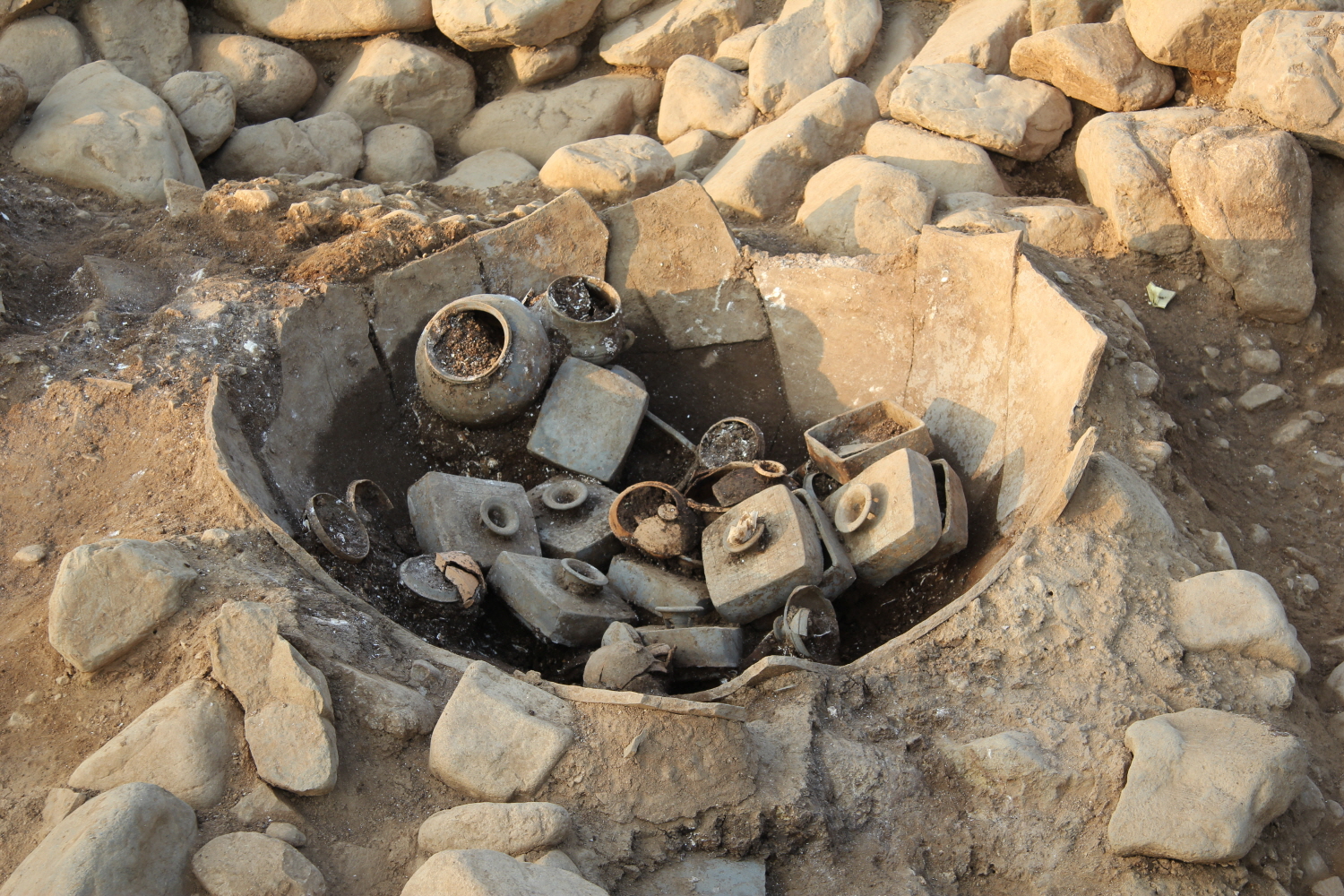
The museum published a report on the 2016-2017 re-excavation process of Seobongchong, or the Tomb of the Auspicious Phoenix, in Gyeongju, North Gyeongsang Province. This report is the 35th in the museum's series of reinvestigations of cultural heritage discovered during the 1910-45 Japanese occupation.
Seobongchong is one of the Silla royal tombs in Noseo-dong, Gyeongju. Estimated to be created around the early 4th century, the tomb is in the shape of twin graves ― the north grave was excavated in 1926 and the south one in 1929.
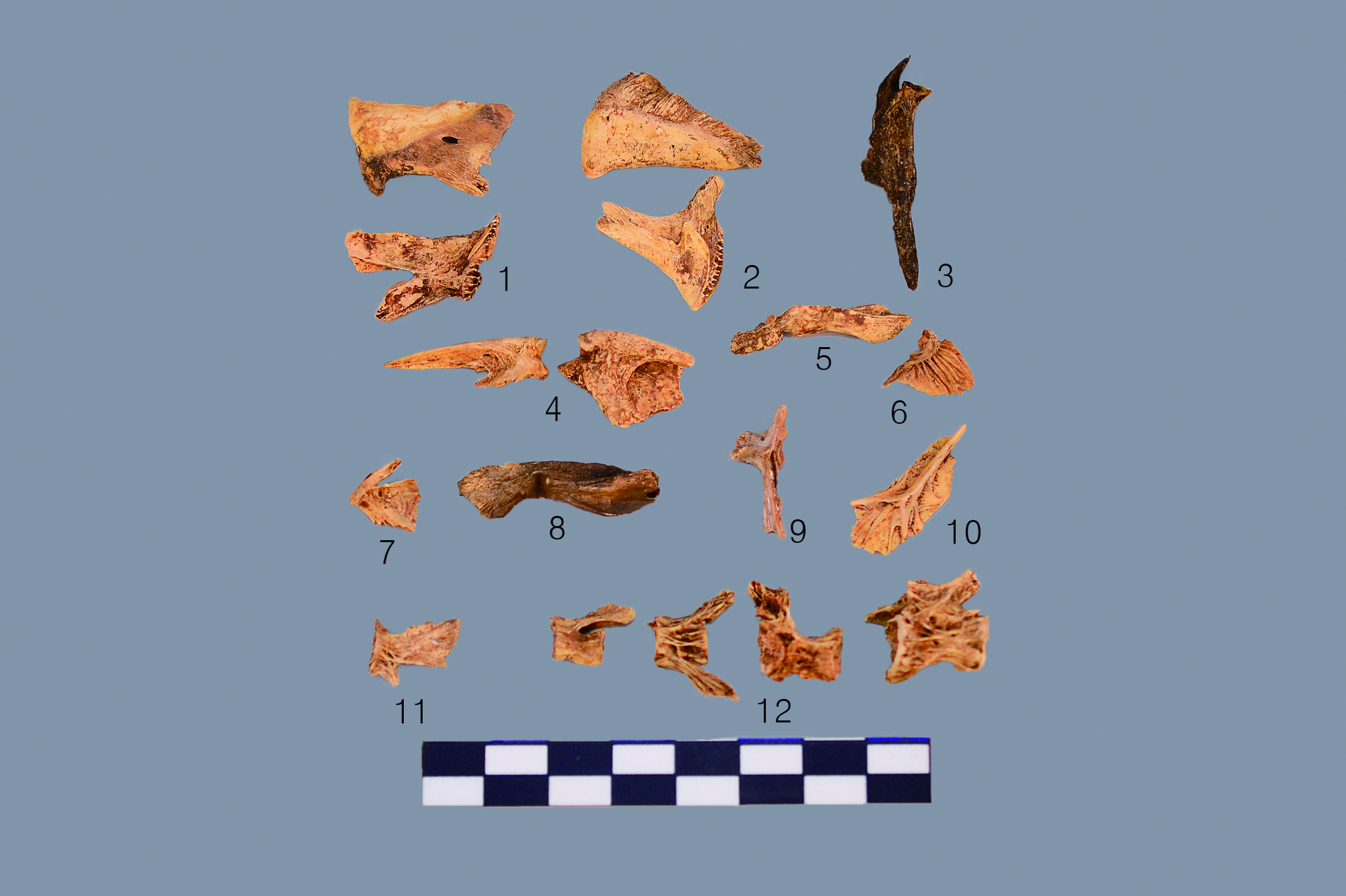
Seobongchong is best known for its Gold Crown, designated as Treasure No. 339, with phoenix decorations as well as a variety of other buried goods including gold pendants, but the Japanese colonial government did not issue an excavation report.
"There are many reasons why the NMK re-excavated and studied cultural heritage unearthed by the Japanese government, but the biggest reason is that academic projects back then were distorted under the ideology of legitimization of Japanese colonial rule. We have to re-examine and re-interpret these from a fair perspective," the museum said in a statement.

The re-excavation revealed that the tomb's size was wrongly recorded, as the diameter of the north grave turned out to be 46.7 meters, not 36.3 meters as previously known. The excavators also found that the ancient people performed rites around the tomb, putting rare food in large jars.
"The custom of commemorative rites at the tomb was not discovered during the first excavation under Japanese colonial rule nor discussed in historical documents such as Samguk Sagi, so the findings of this excavation came as a surprise to scholars too," wrote the researchers.
About 7,700 pieces of animal bone were found in a jar near the edge stones of the south grave, which is believed to have been used for ancestral rites.
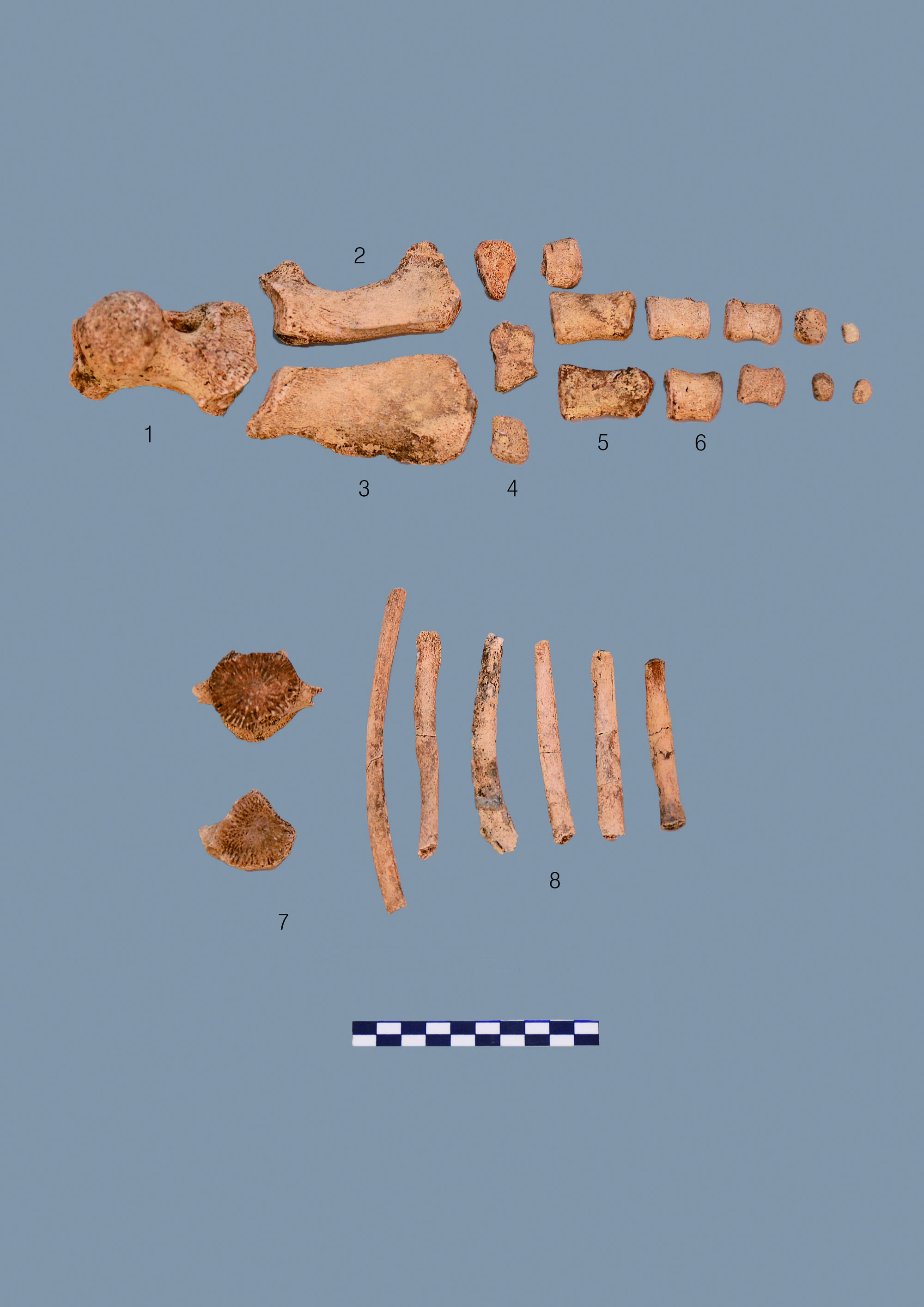
Most of the remnants belong to shellfish and fish, but some rare finds include sea mammals such as dolphin, sea urchins and reptiles such as freshwater tortoise. Blowfish, which has a deadly poison and is difficult to prepare, was also found in the jar.
"These bones give hints in how rites were performed for royal tombs in Silla era as well as their luxurious dietary style of consuming pufferfish, sea urchin and dolphin," the researcher wrote. "Considering the migration period of herring and yellowtail, both found abundant in the tomb, and the rite performed soon after the construction of the tomb, we expect the south grave to be completed in autumn. It would lead us to find the buried person of Seobongchong."
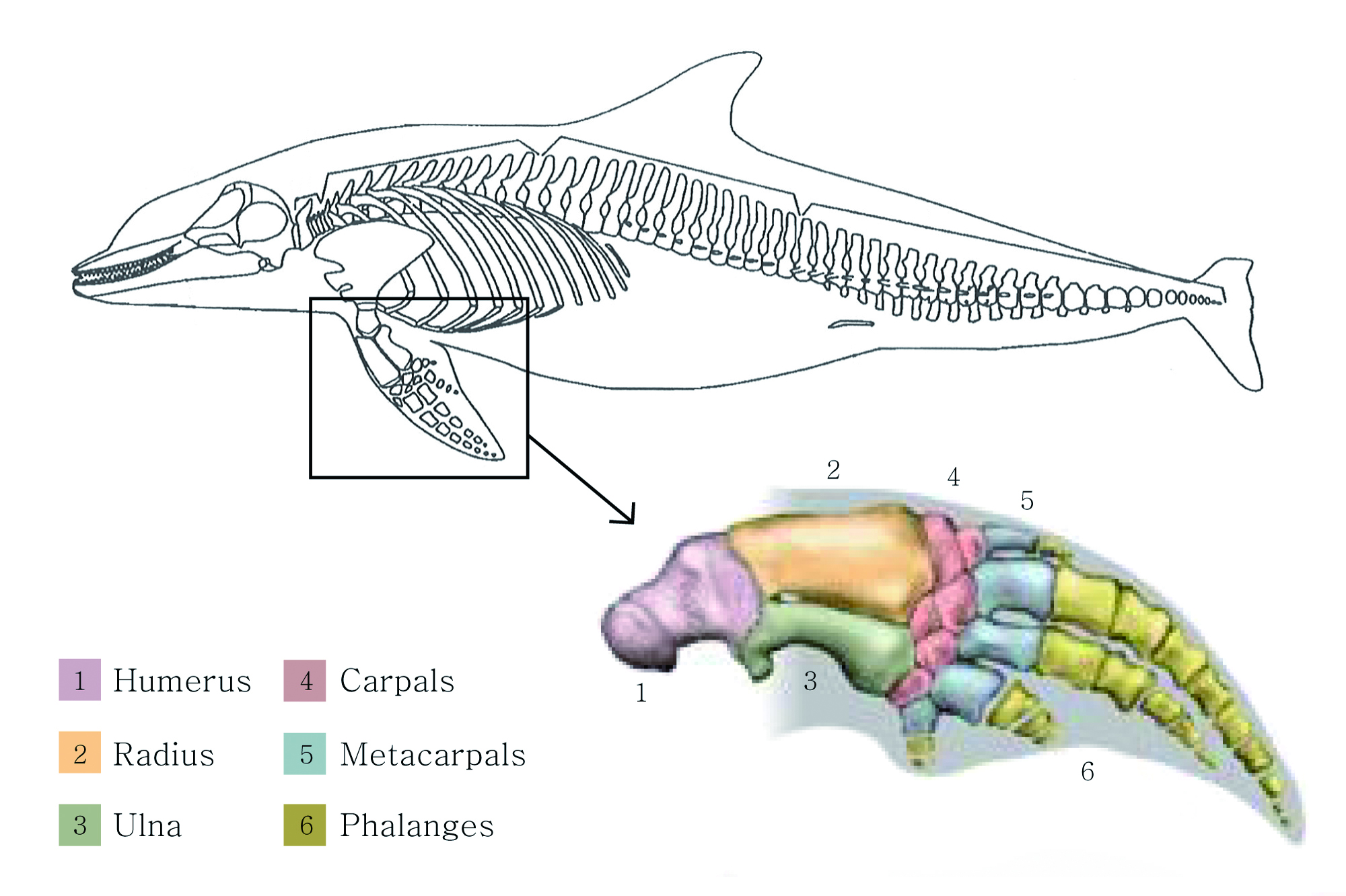
Silla’s royalty uses dolphin meat for ancestral rites
Posted September. 08, 2020 07:52, Updated September. 08, 2020 07:52
Silla’s royalty uses dolphin meat for ancestral rites
The types of food used by Silla’s royalty for ancestral rites about 1,500 years ago have been revea…
www.donga.com
The types of food used by Silla’s royalty for ancestral rites about 1,500 years ago have been revealed for the first time. From clams and fish to sea urchins, blowfish, which is tricky to handle, and dolphins were used for their memorial ceremonies.
The National Museum of Korea published a report on Monday with new findings from the re-excavation of Seobongchong in Gyeongju, North Gyeongsang Province conducted from 2016 to 2017. The ancient tombs were originally excavated during the period of Japanese colonial rule. According to the report, the re-excavation of Seobongchong revealed the signs of ancestral rites in which large pots were placed near the stones surrounding the tomb to offer food to the owner of the tomb.
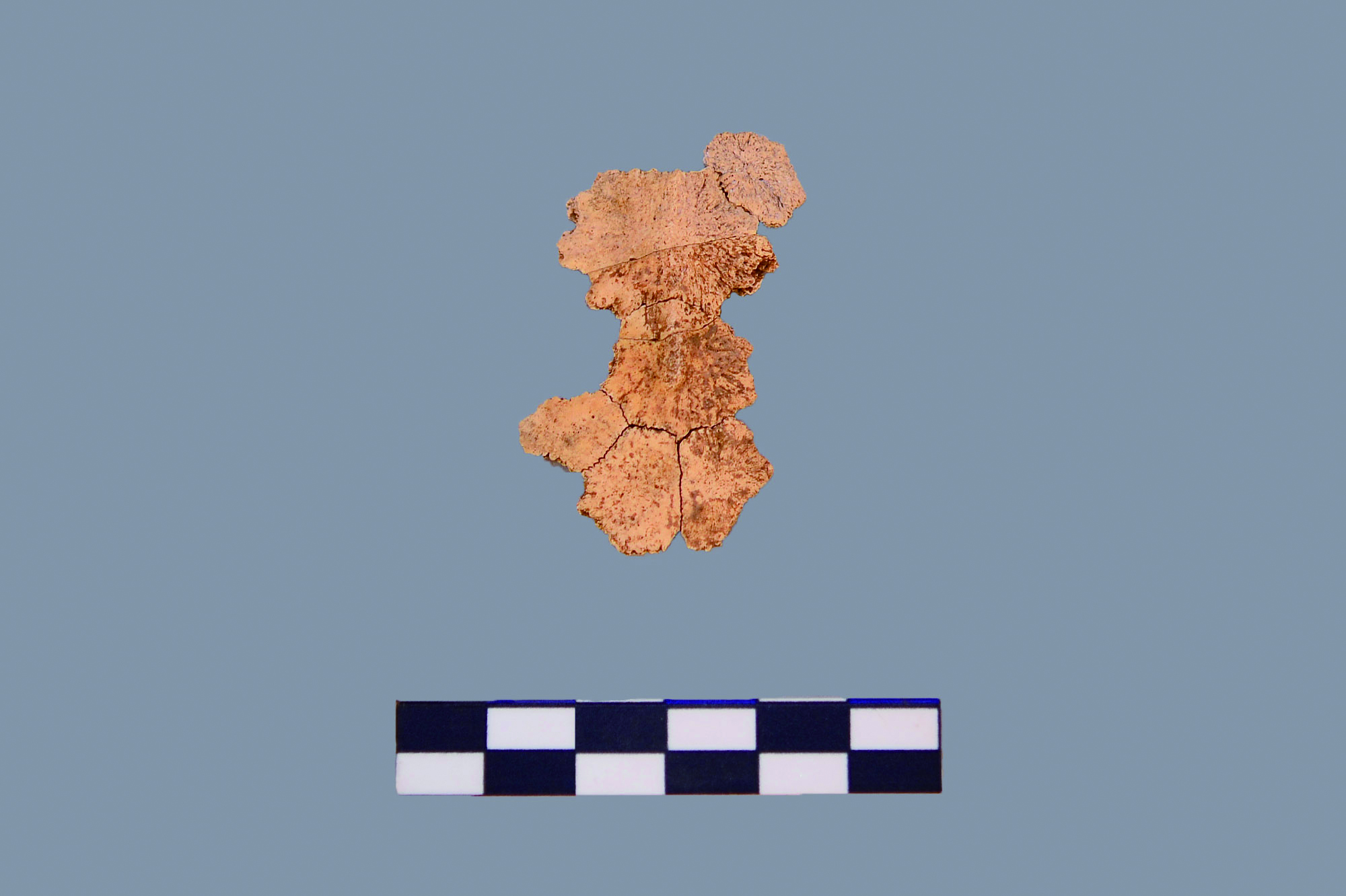
A total of 27 pots for ancestral rites were found, including 10 in the northern tumulus, 13 in the southern tumulus, and four whose locations cannot be distinguished. About 7,700 animal remains were found inside the pots, including 1,883 clams and 5,700 fish.
What’s noticeable is that the remains include those of dolphin, freshwater tortoise, and sea urchin. The remains of blowfish, whose neurotoxin must be removed for human consumption, was also discovered. Such a practice for ancestral rites had not been revealed in the excavation during the Japanese colonial era nor in the historical records, such as the Samguk Sagi or the Samguk Yusa. Given the discovery of the Pacific herring and the Japanese amberjack, the southern tomb of Seobongchong is likely to have been completed in fall.
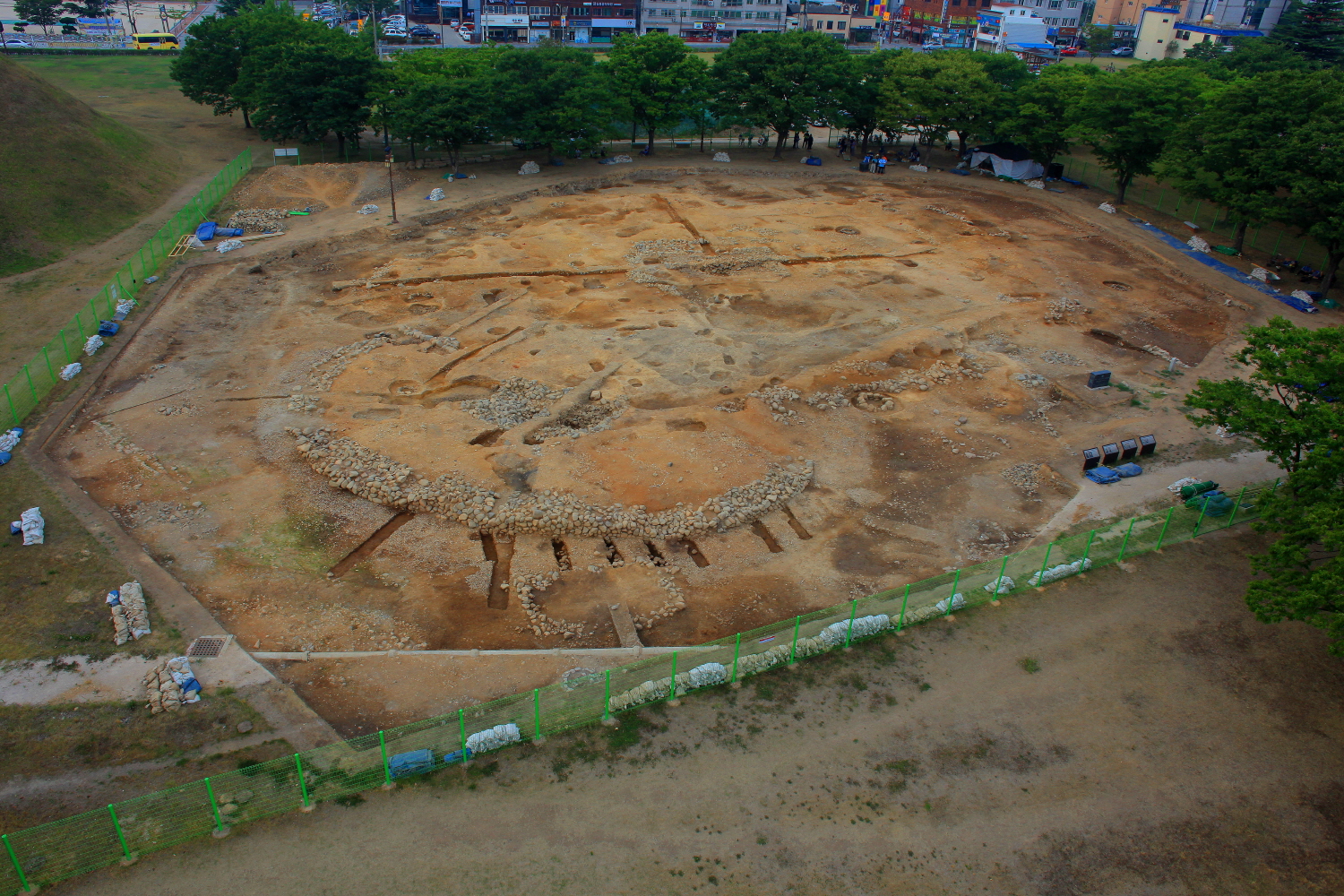
“The animal remains discovered through the recent excavation reveal facts about not only the ancestral rites in Silla but also the eating habits of the times,” said art and science researcher Kim Dae-hwan of the archaeological history department of the museum.
Seobongchong is one of the tombs of Silla’s royalty located in the Daereungwon Royal Tomb Park in Gyeongju, which is composed of two tumuli built 500 A.D. The northern tumulus was first excavated in 1926 and the southern tumulus was discovered in 1929.
A number of golden jewelry, including a golden crown, and tomb furnishings were found in Seobongchong. However, the Japanese excavation team did not publish a report. The National Museum of Korea published a report on unearthed articles of Seobongchong in 2014, followed by re-excavation in 2016 and 2017, which revealed that the diameter of the northern tumulus was 46.7 meters, rather than 36.3 meters as examined by the Japanese group.
1천500년전 신라왕족의 호화로운 식생활…돌고래·복어 등 먹어 | 연합뉴스
1천500년전 신라왕족의 호화로운 식생활…돌고래·복어 등 먹어, 임동근기자, 문화뉴스 (송고시간 2020-09-07 14:23)
www.yna.co.kr
'NEWS & THESIS' 카테고리의 다른 글
| 인수봉 아래서 걸려온 전화 "부처님이...." (0) | 2020.09.14 |
|---|---|
| 장기까지 온전히 보존한 3만년전 동굴곰 시베리아 출현 (1) | 2020.09.13 |
| 호랑이 불알 만진 태국에선 변기통서 뱀한테 불알 물려 (4) | 2020.09.12 |
| 효수의 전범을 보인 김정은 (0) | 2020.09.12 |
| 창원 제2안민터널 발굴조사 현황 (0) | 2020.09.12 |




댓글